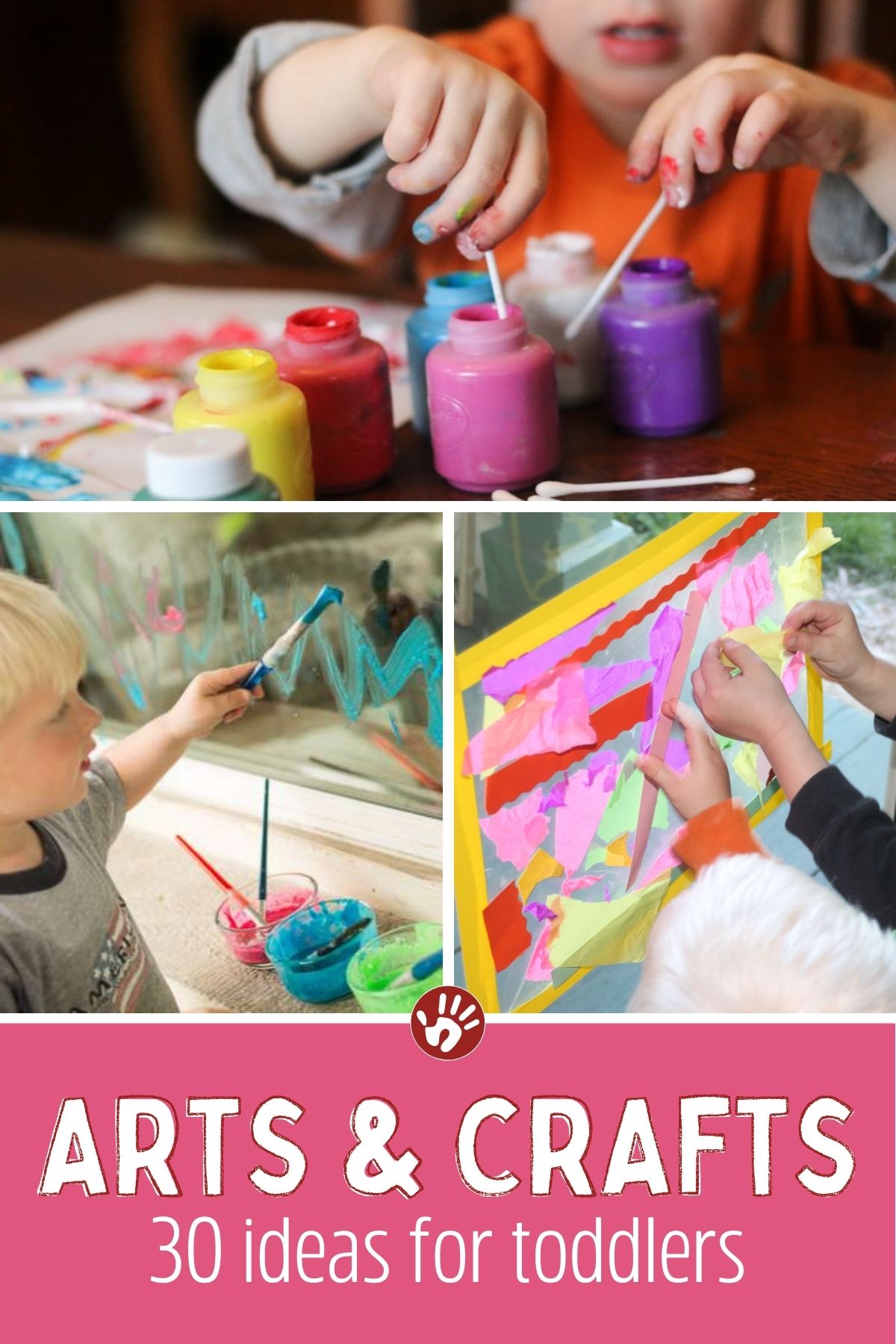
You've learned how to cast off a stitch. Learn how to bind off using the Icelandic and Italian methods of knitting. The bind off is the final stitch of a row. Also known as a "purl stitch", it is the final stitch in a row. These steps will teach you how to bind in knitting.
Cast off
For a knitting project to be cast off, you will need to follow these steps: First, decrease the row of stitches. However, if you don't know how to decrease through the whole row, follow the directions below and follow the same technique in the middle of the row. It will almost disappear. You may have difficulty understanding the directions for a decrease of knitting.

Purl a stitch
You might have tried to knit a piece of knitting and wanted to bind it. While the process is similar to knitting it has many differences. Knitting involves knitting two stitches on your left needle. Next, pass the first stitch over the second. This is the basic idea of a purl stitches. The basic idea behind a purl stitch is to pass the old one over the new.
Italian bind-off
An important finishing technique for knitting 1 purl is the Italian bind off. Also known as a tubular bind-off, this technique wraps around the edge of the ribbing and creates a smooth and polished finish. An expert knitter will walk you through the steps to create a beautiful bind-off edge. A video tutorial is available for those who have difficulty understanding how to do it.
Icelandic bind-off
There are many types to bind-offs. But the Icelandic bindoff is different in that it produces a cord-like appearance and is perfect for wearable projects. This easy and efficient technique can be used with a wide range of knitting stitches including stockinette or garter stitch. This tutorial will help you perform the Icelandic binding off. Continue reading to find out more.

Stretchy bind-off
Because the Icelandic bind off mimics the bumps in garter stitch knitting, it is very useful. Although the Icelandic binding-off is quick and simple, its edges tend to flare out. For this reason, it is not a good choice for knitting projects where the edges need firmness or to pull in. Instead, knit with stockinette yarns or looser gauges for the lace bound-off method.
FAQ
What are your favorite hobbies right now
Popularity isn't always a good thing. Popularity can often be used to excuse mediocrity. It is a fact that most people don't have enough time to pursue hobbies they enjoy. They are too busy trying to make ends meet. What should you do when you don't have much time? You could open a business.
However, this isn't easy. There are many obstacles to overcome before you can turn your idea into reality.
A hobby is a great option if you're looking to do something different than run a business.
Hobbies don't have to be creative. There are many hobbies. Here are some examples:
-
Gardening
-
Cooking
-
Photography
-
Reading
What is a good hobby for kids?
Anything kids like to do that is not part of their daily routine is a hobby. Some kids like to build things, draw, paint, write, or play with toys.
Many parents are concerned that their children may get into trouble if allowed to do as they please. But this isn't always true. Your child will not get into trouble if he or she is safe and doesn’t cause any harm to other people or themselves.
It's important for people to understand that just because they like something doesn't necessarily mean they'll choose it all the time. If they dislike writing but enjoy drawing pictures, they might opt to draw pictures.
There are many types of hobbies. It's up to you to choose one that you really enjoy.
What are some great hobbies?
Doing something you enjoy is the best hobby. You will find it easier to stay motivated if you love what your doing. You'll also have an excuse when you're not feeling well or tired!
We all have hobbies that we love and know. These include painting, crafting, photography, cooking and sports.
Volunteering could be a great option.
Perhaps you want something more adventurous. Consider scuba diving and skydiving.
You can spend your time outdoors in many different ways, including spelunking, snowshoe hiking, snowshoe hiking and more. These include caving, cliff diving, cave tubing, abseiling, sea kayaking, rafting, canoeing, climbing, trekking, bushwalking, mountaineering, backpacking, trail running, orienteering, off-road driving, quad biking, motorcycling, motorcycle riding, dirt bike riding, jet boating, hang gliding, hang gliding, parachuting, hang gliding, heli-skiing, ice skating, snowmobiling, snowshoeing, snowshoeing, cross country skiing, downhill skiing, telemark skiing, ski touring, sled dog racing, snowboarding, snowkiting, snowmobiling, spelunking, snowshoe hiking, snowshoeing and many more.
Is it possible making a living as a hobby?
Not necessarily.
But if your passion is to start a business, you might be able to make a lot of money.
Let's say, for instance, you are a passionate cook. You love healthy food and decided to open a restaurant.
Customers are charged a small fee for organic food made from scratch.
As you build your clientele, you eventually hire employees to help you.
Soon, your menu will include gluten-free and vegan options as well as desserts.
In this situation, you have a successful business which has allowed you the freedom to lead the lifestyle that you want.
But, it doesn't mean your day job must be abandoned.
You could, instead, run your restaurant while also maintaining your regular 9-5 work schedule.
What are educational hobbies?
An educational hobby can be defined as an activity in which you learn something through doing it. This could be anything you want, such as playing sports or learning how to play an instruments.
It should be enjoyable and have fun. It doesn't have to be done all the time. However, if you get bored of it, you should think about other things you can do instead.
Also, you need to be careful not to spend too much on these activities. They can end up costing more than you think.
Statistics
- This 100% accurate personality-analyzing hobby quiz discovers your passion based on your characteristics. (quizexpo.com)
- The intensity of the dialogue partners' bond at the end of the forty-five-minute vulnerability interaction was rated as closer than the closest relationship in the lives of 30 percent of similar students. (time.com)
- The Role of the Mind in Sex, Dating, and Love: Men in the “humor” condition received phone numbers from 42.9% of the female participants and were refused 57.1% of the time. (time.com)
- Much of this decline reflects the fact that teens are less likely to work today than in the past; among employed teens, the amount of time spent working is not much different now than it was around 2005. (pewresearch.org)
- I am 100% biologically a woman (discover.hubpages.com)
External Links
How To
How to learn a music instrument
If you want to learn how to play music, there are many ways to do so. You could attend a school, read a book, get lessons from someone who plays a musical instrument, or look at videos online. These are just a few tips and tricks to help you get started if you're determined to make your own path.
-
Find something that interests or appeals to you. You don't have to like every instrument you see. It is difficult to enjoy an instrument if it is not something you are interested in.
-
Be patient. Learning anything new takes some time. It is unrealistic to expect to know everything instantly. Keep practicing each day.
-
Practice regularly. This can be done even when you are tired. This will ensure that you won't forget what you learned.
-
Find a quiet place to practice. A quiet room where you won't disturb anyone else is ideal. Also, make sure that there aren't too many distractions. Avoid loud music, for example.
-
Have fun! Music is meant to be enjoyed. Make sure you have fun while practicing. You'll be more motivated to practice if you enjoy yourself.
-
Set goals. If you set goals, then you will know exactly how you want to get there. Failure is not an option.
-
Keep track your progress. Write down all of your accomplishments and failures. You'll be able to learn and improve as you go.
-
Take breaks. Sometimes, all you need is to take a moment to think. Take breaks to allow you to reflect on things.
-
Ask questions. Ask others if there are any doubts or questions regarding the instrument. They may be in a position to assist.
-
Learn by listening. Many musicians love to listen to and imitate songs. This allows them to grasp the basic concepts of the song.
-
Read books. Lessons learned from books are more valuable than videos and classes. Books contain information you will not find anywhere else.
-
Join a band. You'll be more motivated to practice when you are playing with others. You will also meet others with similar interests to yours.
-
Watch tutorials. Tutorials are short videos that give detailed information on a topic. These videos usually focus on one specific aspect of the instrument. Tutorials can be helpful in understanding difficult parts of an instrument.
-
You can try different methods. Some prefer to learn by listening, while others prefer reading. Find what works best for your learning style.
-
Practice makes perfect. Nobody becomes an expert overnight. It takes a lot of work to be able to perform well.
-
Learn from other musicians. Listening to other people play their favorite songs can help you learn faster.